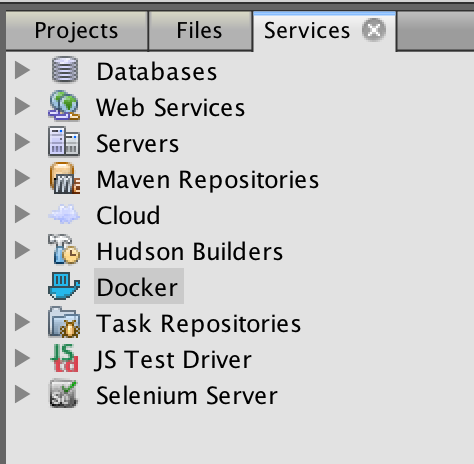Chapter 3. Docker and Java Tooling
A typical toolchain of Java developers consists of an integrated development environment (IDE) such as NetBeans, Eclipse, or IntelliJ IDEA. These IDEs assist in easily writing and debugging the Java application. They also provide features like syntax highlighting and code completion, making the developer more effective.
These applications are packaged as an archive using a build system such as Maven, Gradle, or Ant. All required dependencies of the project are specified in these scripts. Typically one command can create an archive that can then be used for deployment.
This chapter explains how Docker images and containers can be easily managed in NetBeans, Eclipse, and IntelliJ IDEA. It will then show how a Docker image can be created and a container can be started using a Maven plug-in.
All the IDEs can configure a Docker host, pull an image, run a container, and build an image. These features are provided so that they integrate with rest of the workflow within the IDE.
NetBeans
NetBeans is adding integrated support for Docker in their next release. At the time of writing, this feature is currently available in the nightly build, which can be downloaded from the NetBeans website.
A new Docker node is added in the Services tab as shown in Figure 3-1.

Figure 3-1. Docker node in NetBeans
Configure a Docker Machine
A new Docker host can be configured ...
Get Docker for Java Developers now with the O’Reilly learning platform.
O’Reilly members experience books, live events, courses curated by job role, and more from O’Reilly and nearly 200 top publishers.

